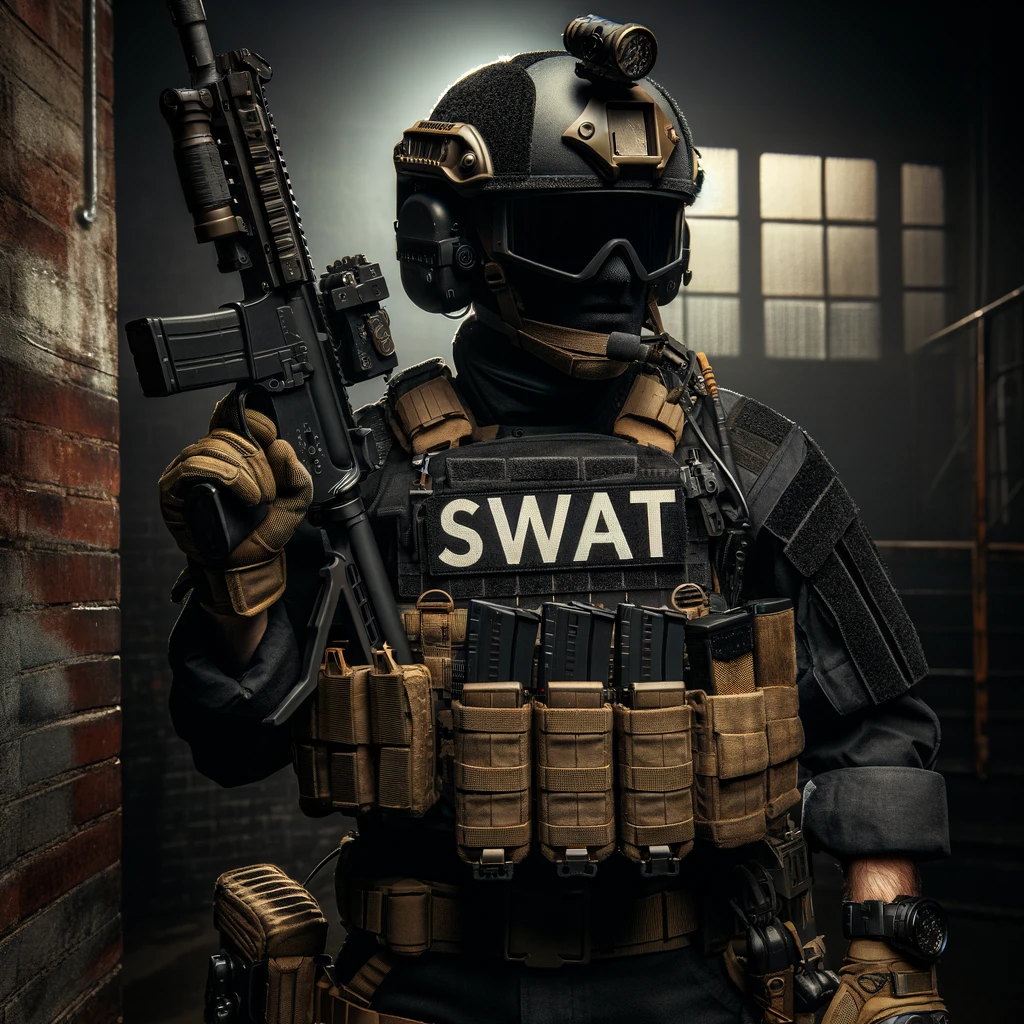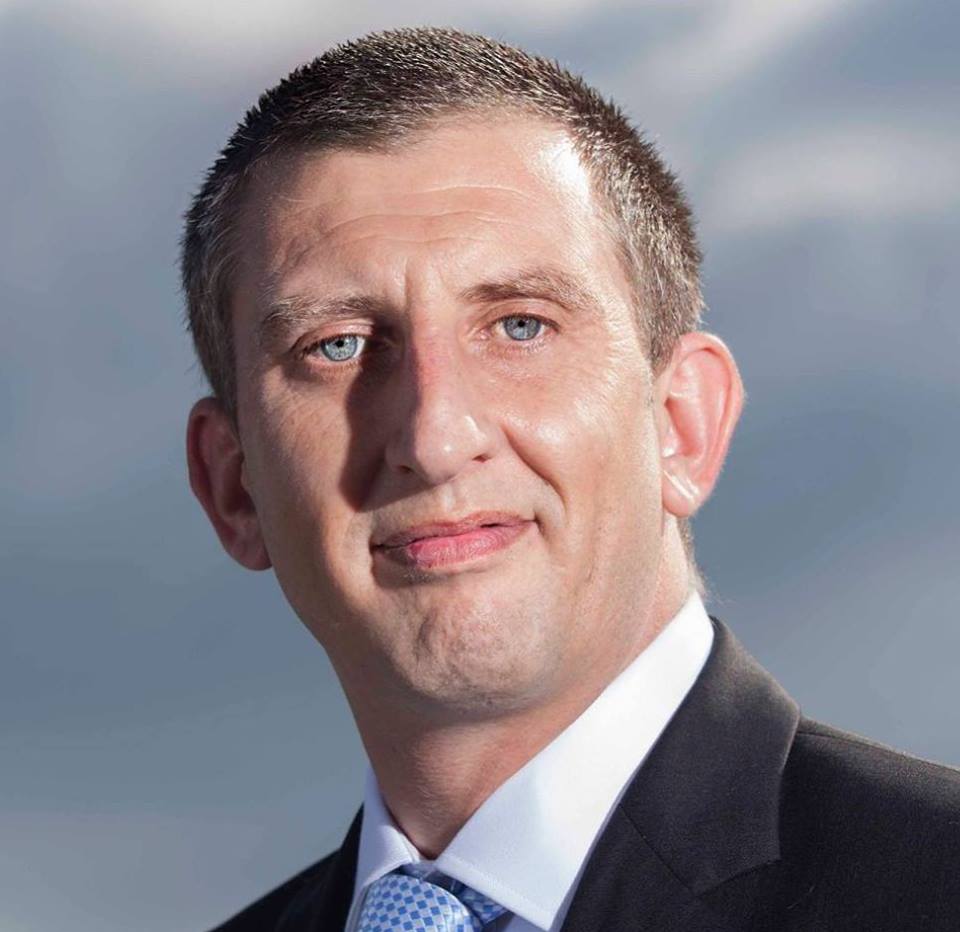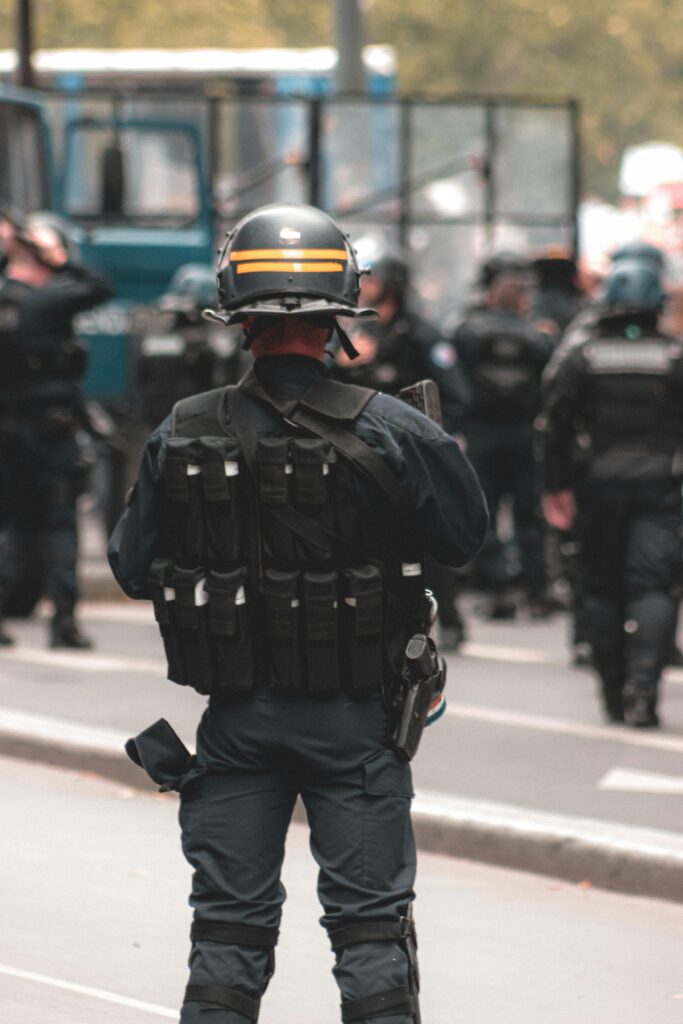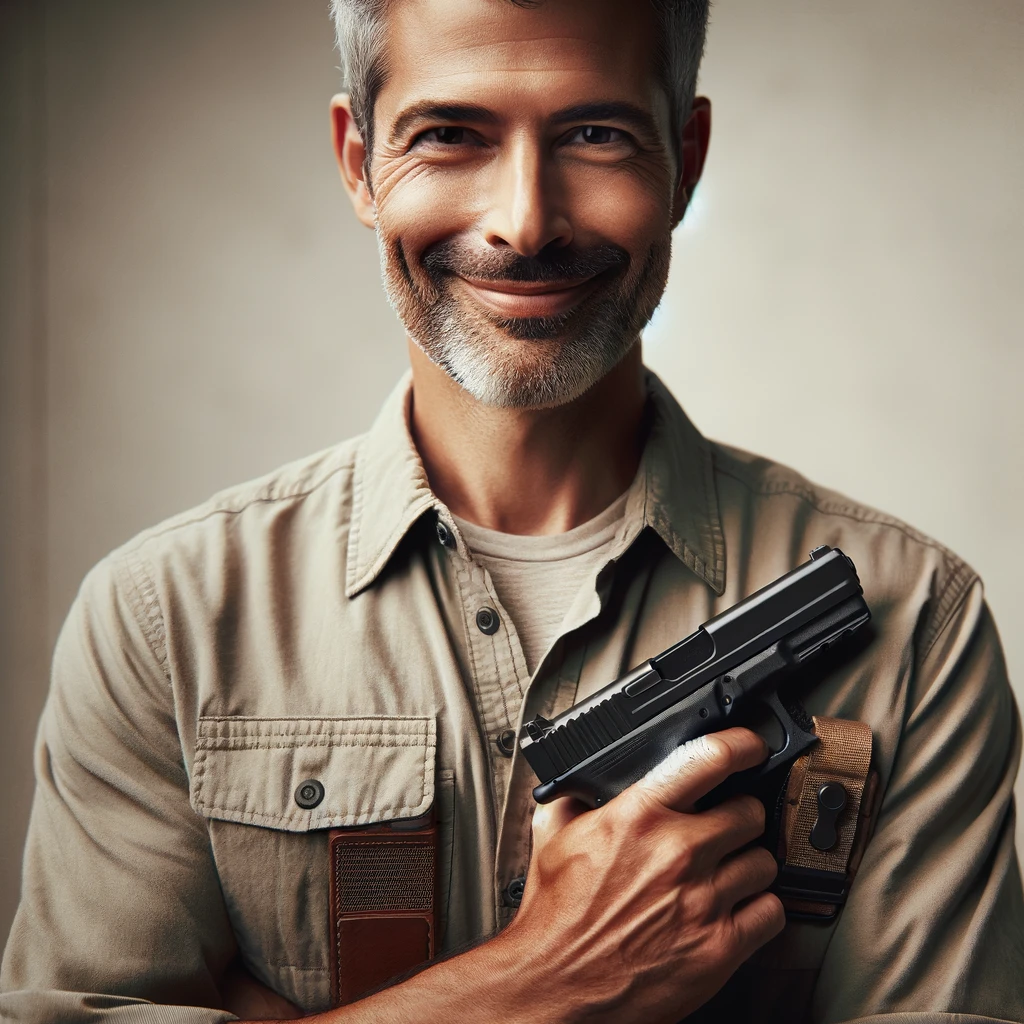
Tactical training for military and police forces is designed to prepare personnel for a wide range of operational scenarios, emphasizing skills necessary for effective combat, law enforcement, and crisis management. This training incorporates physical conditioning, weapons proficiency, teamwork, decision-making under stress, and specialized tactics tailored to specific threats and environments.
The Foundation: Physical Fitness and Combat Skills
The bedrock of tactical training is physical fitness and basic combat skills. Rigorous physical training ensures that personnel can endure the demands of combat and front line work. Hand-to-hand combat training, including martial arts and close-quarters battle techniques, equips individuals to defend themselves and neutralize threats without relying solely on firearms.
Exercises focus on self control under pressure, often with hostage situations and crowd control thrown in with the deal.
Now some modern police forces have adopted the healthy at any size mantra. But that doesn’t fly with elite police units and the military. There are levels to this game, for sure, but tactical training normally includes some proper endurance tests.
Take the lesson, and at least try and stay lean and active. Physical fitness matters when it comes to self defense, even with guns. Some light cardio now could save your heart rate spiking when the time comes.
Weapons Proficiency
A critical component of tactical training is achieving proficiency with a variety of weapons systems. This includes not only marksmanship with handguns, rifles, and specialized firearms but also the tactical use of less-lethal options like tasers and pepper spray. Training emphasizes accuracy under pressure, weapon maintenance, and the judicious use of force in compliance with legal and ethical standards.
You can easily find equivalent courses and slowly build up to become every bit as good. Some of them might be expensive, but start with the basics. One of the best things you can do is commit to regular training. It’s a mindset thing that will help you get better.
Continuous training at the range, specialist classes and local shooting competitions can help you improve. There’s no reason why you can’t get to the same standard as the average military and police when it comes to weapons handling. It just might take a while, and cost a ton.
Teamwork and Communication
Effective tactical operations rely on seamless teamwork and communication. Training exercises simulate real-world scenarios, from room-clearing drills to large-scale mock battles. That helps foster coordination, leadership, and the ability to operate as part of a cohesive unit.
Advanced communication equipment and techniques are integral, ensuring that teams can share information rapidly and accurately in complex environments. That sign language and touching a shoulder on the way through is all real.
Tactical Medical Training
Tactical medical training prepares personnel to provide immediate, lifesaving care in the field. This includes trauma care, battlefield first aid, and the use of emergency medical equipment. The goal is to stabilize injuries until evacuation or further medical support is available, significantly improving survival rates in combat and operational incidents.You’re not quite a doctor at that point, but you know the essentials for keeping someone alive.
Again you don’t have to be in the military to get this kind of training. You can go to a local medical training course in almost every city.
Specialized Tactics
Beyond foundational skills, tactical training often includes specialized modules tailored to specific operational roles and environments:
- Urban Warfare and Building Clearing: Techniques for navigating and securing urban environments, including breaching, room-clearing, and rooftop operations.
- Counterterrorism: Strategies and tactics for preventing, responding to, and neutralizing terrorist threats, including hostage rescue and bomb drills.
- Surveillance and Reconnaissance: Skills for gathering intelligence, conducting surveillance, and performing reconnaissance missions without detection.
- High-Risk Arrests and Law Enforcement: Procedures for safely apprehending dangerous suspects, including vehicle stops, arrest techniques, and crowd control.
Scenario-Based Training
Scenario-based training exercises are pivotal, placing personnel in simulated, realistic situations that they may face in the field. These scenarios, ranging from active shooter incidents to emergency disaster response, are designed to test decision-making under stress.
Continuous Learning and Adaptation
Tactical training is an ongoing process, with regular refresher courses, updates on new tactics and technologies, and lessons learned from recent operations and conflicts. This ensures that military and police forces remain at the cutting edge of operational effectiveness.
The Role of Technology
Advancements in technology have profoundly impacted tactical training. Virtual reality (VR) and augmented reality (AR) systems offer realistic, immersive training environments that can simulate a vast range of scenarios with minimal risk. Drones and robotics are also increasingly used for reconnaissance, training, explosive ordnance disposal, and an overhead view of an active operation.
International Cooperation and Training
Military and police forces often participate in international training exercises, sharing knowledge, tactics, and experiences with counterparts from other countries. These joint exercises enhance interoperability, cultural understanding, and the ability to operate in multinational coalitions.
Conclusion
Tactical training for military and police is a comprehensive and multifaceted discipline, aimed at preparing personnel for the full spectrum of challenges they may face in operational environments. By focusing on physical conditioning, weapons proficiency, teamwork, specialized tactics, and continuous adaptation, these training programs ensure that forces are ready to protect and serve effectively, regardless of the threats they encounter.
Most of this training would be great fun, and very instructive, for most of us too. And the good news is that you can do that level of training these days. There are plenty of ex Marines and cops that are out there training Americans for fun and for work. So just DYOR on the local instructors and find somebody you think will have some wisdom to teach and can apply it to self defense.
Start there, and build up to advanced musketry on horseback. Or sniper school.


